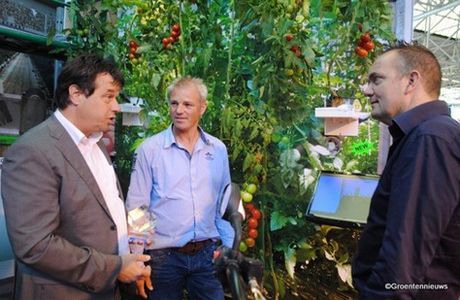
It was very busy at the Metazet/Formflex stand at GreenTech Amsterdam. A lot of visitors wanted to get more information about the Innovation Award winning Futagrow system.
Soil-less
The Futagrow system is an innovative and sustainable soil-less cultivation system using oxygenated water with nutrients as a substrate. Also unique to the system, is the possibility of several crops per year on movable gutters. As a result, two continuous crop stages are present in the greenhouse. The plants first spend eight weeks on the upper gutter, where exposure to light is maximum. After that, the crops are placed on the lower cutter to be harvested later on, making room for new plants on the top gutter.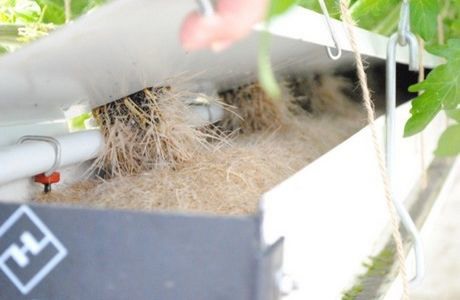
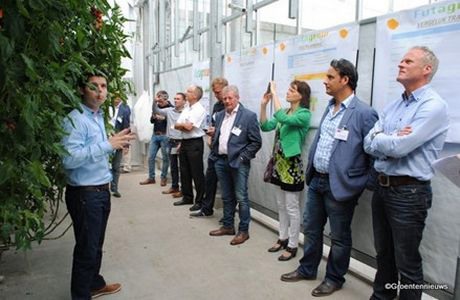
Lex Wubben of the Demokwekerij explains how the system has managed to create a proper balance in both biology and crop protection, keeping disease and infection at bay. "The Macrolophus population remains at a good level,” he says. “The crop leaves the nursery after sixteen weeks. Advantage of the absence of substrate is that there is no plastic in the residual material, so it’s ready for the bio-based economy. Another advantage is market flexibly, as the 6 crops per year make it possible to swiftly switch variety in order to meet current demand.”
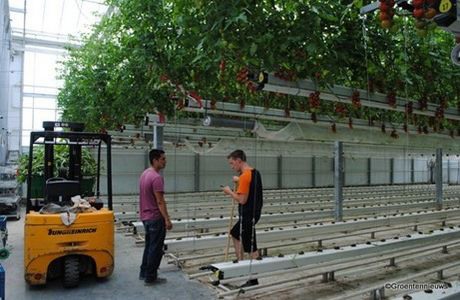
After 16 weeks the crop will leave the greenhouse. An advance of soil-less cultivation is that there's no plastic in the restmaterial. Also the grower can do up to 6 cultivations a year, which makes it possible to switch very easy to another crop or variety. This makes it easier for the grower to respond to the current demand.
Profitable cultivation
Currently the Futagrow system allows for a production increase of up to 23%, while the carbon footprint is about 25% lower than in conventional farming systems. "Of course, there is also a higher investment," counters Wubben. "Think of the greenhouse structure, the water and the cultivation system. And since there are multiple crop cycles, plant costs are about 2 to 2.5 times higher."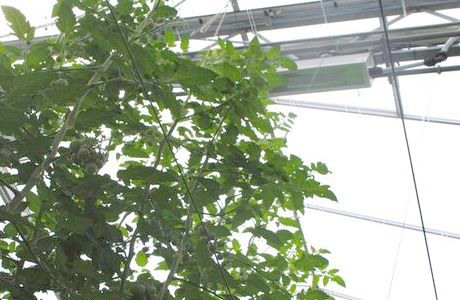
At the moment there are experiments with LED lighting in between the plants. Is it possible to further optimize the cultivation with extra lighting on the bottom plants?
Still, the system proves profitable, says Wubben. “All it needs now is a bit of fine-tuning.”
The project, initiated by Growers Association TTO, collaborates with the following project partners: Metazet/FormFlex, Triomaas, Priva, Prominent, Demokwekerij Westland, Noordam Plants, Inno-Agro, RijkZwaan, Groen Agro Control, WUR, Jiffy, Hortilux Schréder, Lemnis and Van Iperen.
For more information:
Metazet/FormFlex
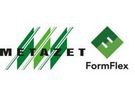
Arjan Kouwenhoven
T: +31 06-55821952
ArjanKouwenhoven@formflex.nl
www.formflex.nl
